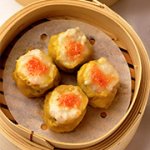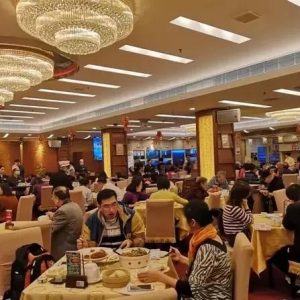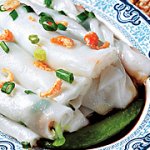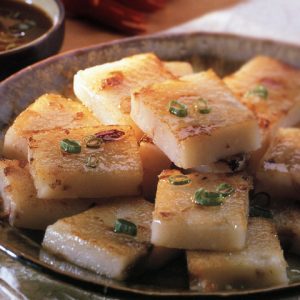
28 Apr Hong Kong Dim Sum
Dim sum (or “yum cha” as it’s called in Cantonese) is an iconic Chinese meal consisting of numerous small plates of food shared among friends and family and washed down with plenty of tea. Its origins are Cantonese and many consider Hong Kong to be the home of dim sum as well as the location of the world’s best dim sum restaurants.
You may just plan your private tour with delicious dim sum meals by just contacting us at https://myhktour.com/product/hong-kong-private-tour/
Dim Sum in Hong Kong originates from Guangzhou. In the 30s, the rapid development fostered all kinds of exchanges within Hong Kong, Macau and Guangzhou. People travel often within these regions by boat, and they had a practice of enjoying Dim Sum before or after every voyage. Therefore, places that serve Dim Sum in the early times were usually near the pier and opened in the morning to fill travellers’ craving tummies.
Throughout the years, Yum Cha Culture in Hong Kong keeps transforming to suit the needs of different generations. Yet, it still remained as one of the all-time favourites of the Cantonese people. From Spring to Winter, Day till Night, Hong Kong people is never bored of Dim Sum.
There are over hundred items on for dim sum items on the menu whereby it is a challenge to not find something you love. The “must try” which you cannot missed would be the traditional items, Steamed shrimp dumpling, Siu Mai, Barbecued pork bun and Cheong Fun.
A little sharing on the culture in Dim Sum Restaurant : Pay attention at a dim sum restaurant and you will see diners tapping three fingers on the table to express gratitude when someone pours tea for them. This ritual originated with a Qing dynasty (1644-1911) emperor who liked to travel the land disguised as a commoner. On one such occasion he was in a teahouse with his officials and took his turn to pour tea. His officials could not accept this honour without kowtowing, but also could not kowtow without blowing the emperor’s cover. Instead, they tapped three fingers on the table, one representing the bowed head and the other two the prostrate arms.












